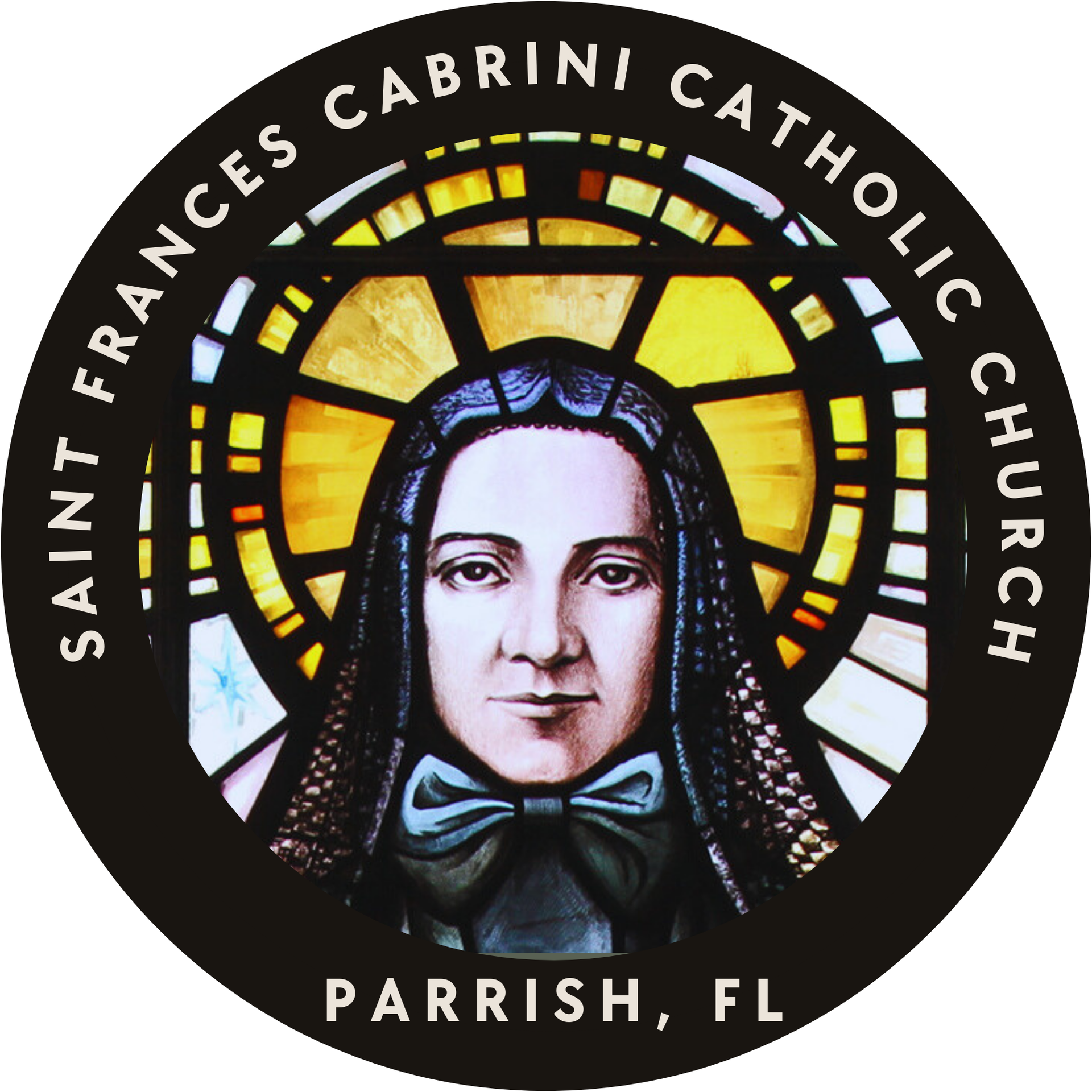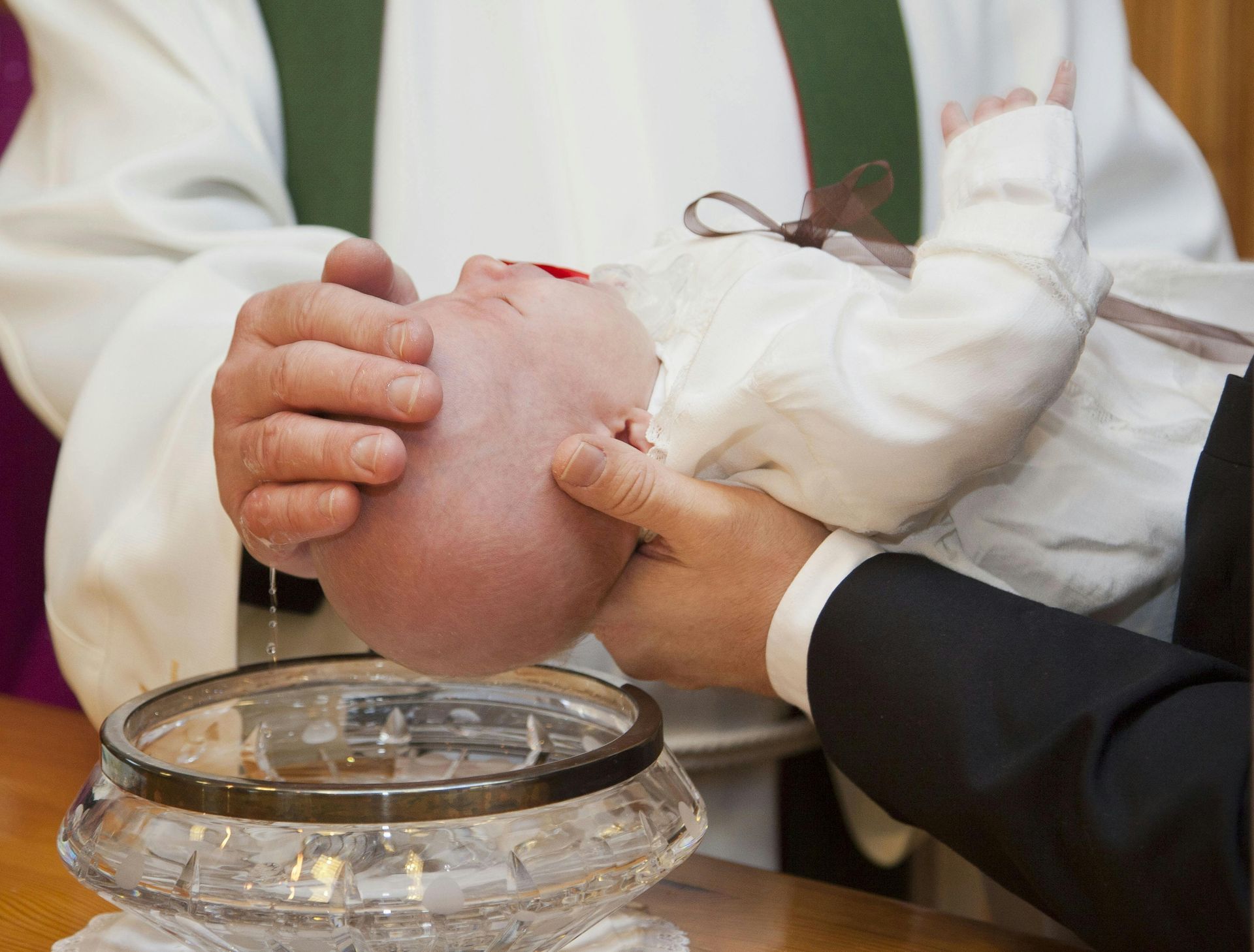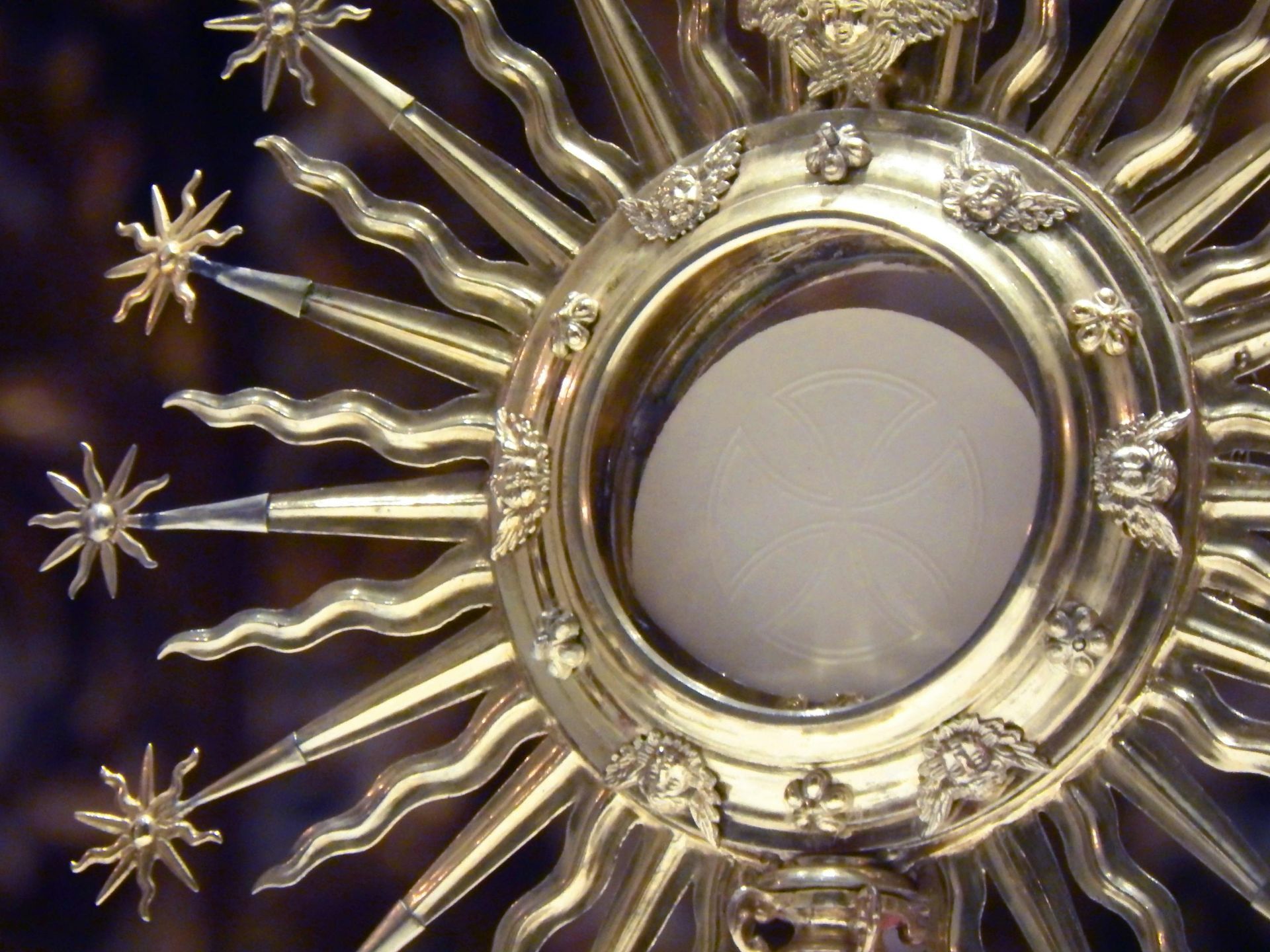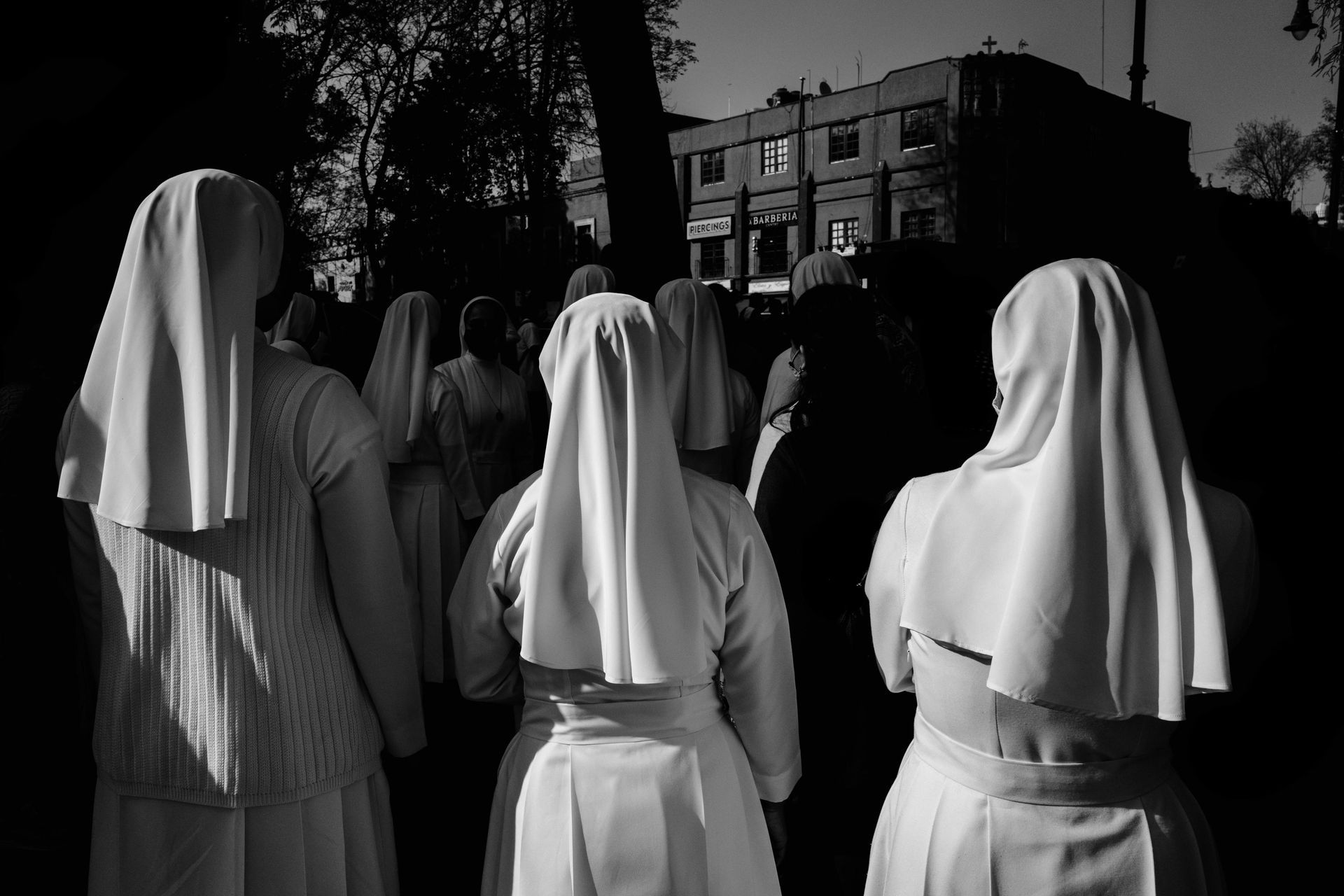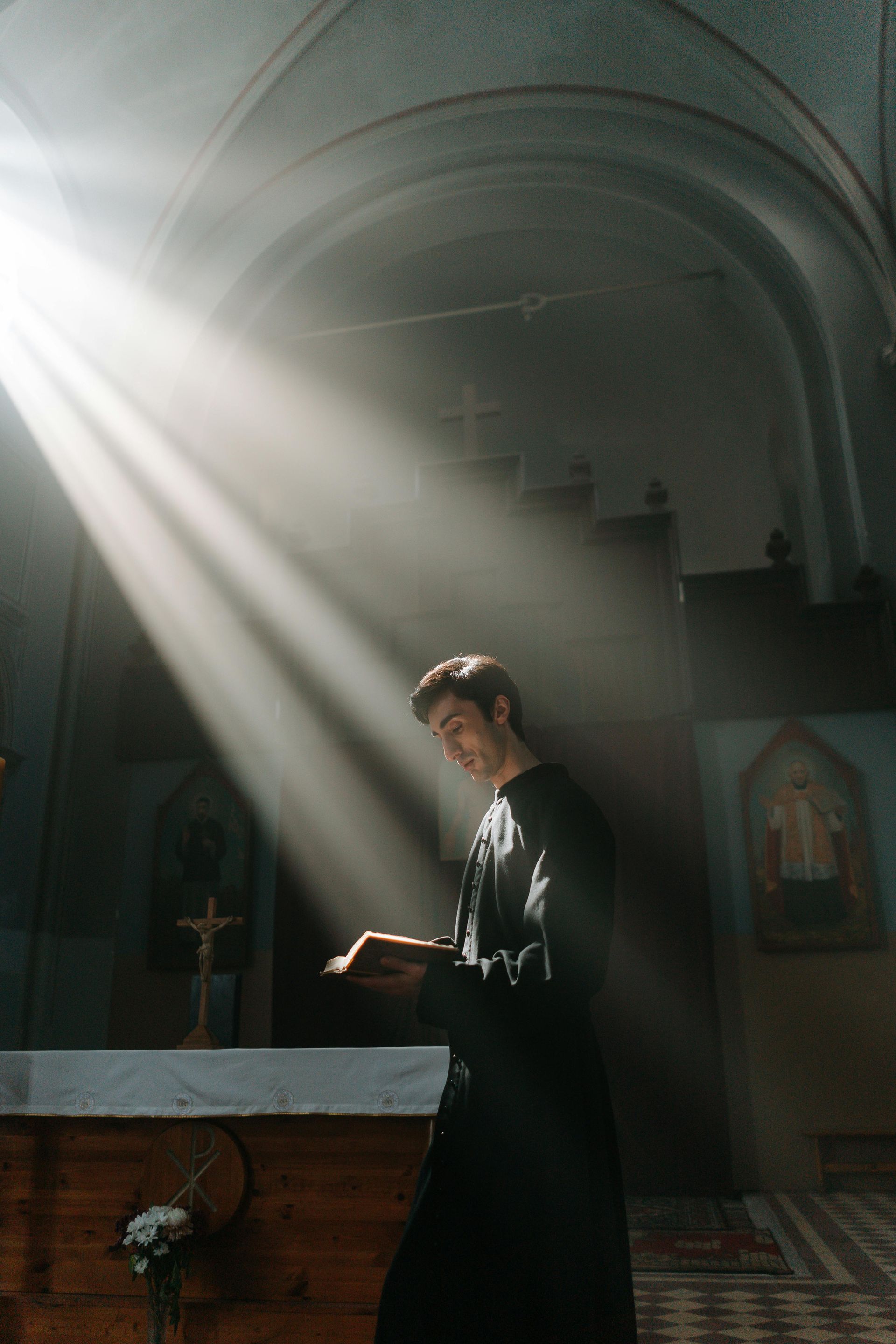What is a Sacrament
The traditional definition of a sacrament is this: "A sacrament is a visible sign, instituted by Christ, to give grace." Within this definition there are three important statements.
A visible sign
An action is performed by a minister (usually a priest).
For example, when a baby is baptized in the church the priest pours water over its head and at the same time says the words "I baptize you in the name of the Father and of the Son and of the Holy Spirit." That is a visible sign.
Instituted by Christ
The Lord Jesus Christ instructed His church to offer the seven sacraments to His followers.
For example, His directive to His disciples in Matthew's Gospel (28/19), "Go then, to all peoples everywhere and make them my disciples; baptize them in the name of the Father, the Son, and the Holy Spirit and teach them to obey everything I have commanded you."
To give grace
Grace is God's free gift of Himself as the controlling influence in our life and the decisions we make once we have committed ourselves to Him in faith.
One could say that the sacraments speak a “sign language” all their own.
There are seven sacraments divided into three categories, and they touch on all the critical moments of the Christian life:
- Sacraments of initiation:
baptism, confirmation and holy Communion.
- Sacraments of healing:
reconciliation and anointing of the sick.
- Sacraments of service:
holy orders and matrimony.
These seven sacraments offer us an opportunity to receive grace at important stages. From birth to the preparation for death, God meets us and strengthens, heals and equips us to live a fruitful life.
So, what is real beyond the sign of the sacrament?
What is real is an encounter with Jesus Christ, the One who instituted the sacraments in the first place.
When we participate in any one of the seven sacraments, it is a real encounter with Christ. It isn’t magic; it isn’t imaginary or merely a hope. It is a genuine, interpersonal meeting with the living God.
God desires to have these encounters with us and knows that we need his life on our journey through life and on into heaven.
St. Augustine once said,
“God thirsts that we might thirst for him.”
The sacrament is an efficacious encounter
in the midst of thirst.
